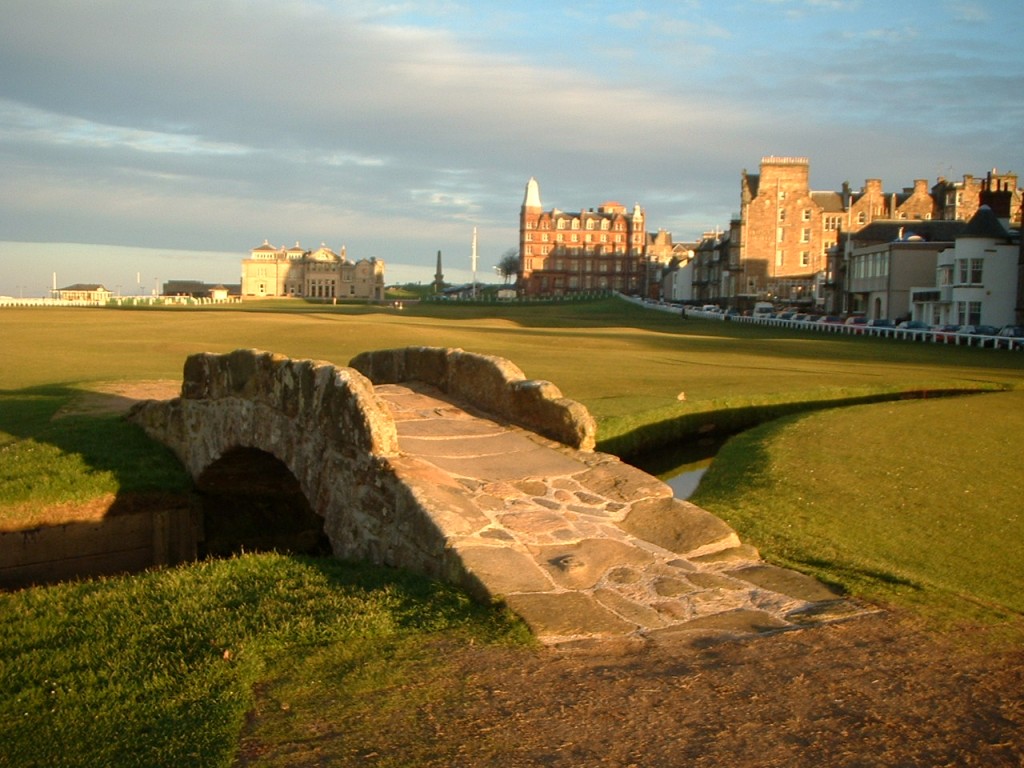As the furor over the alterations to the Old Course in St. Andrews, Scotland dies down, some basic questions remain unanswered. When did the process begin? Was architect Martin Hawtree the only one considered for the job of overseeing the work? Why the  proposed work was not brought to the public’s attention the way the work to the Jubilee Course was in 2010?
proposed work was not brought to the public’s attention the way the work to the Jubilee Course was in 2010?
Modifications, warranted or unwarranted, on the most famous golf course in the world and the home of golf, need to be explored fully.
In search of those answers, I contacted Mike Woodcock, Media and Editorial Manager at the Royal and Ancient Golf Club of St. Andrews, the governing body of golf, along with the USGA. The R&A and the Links Trust oversee the running of the golf courses owned by the town of St. Andrews, including the Old Course.
In response to my question of what began the process of the changes and when it began, Woodcock wrote: “The R&A Championship Committee approached the Links Trust with some suggestions which were considered for several months by both committees. Some suggestions were taken forward and some were not.”
 Hawtree, according to Woodcock, was the only designer approached to lead the project.
Hawtree, according to Woodcock, was the only designer approached to lead the project.
“It was agreed by the committees of both organisations to commission Martin Hawtree to do the work. Martin has worked on many of The Open venues, on the Jubilee Course at St Andrews Links and has an outstanding track record of work on links courses,” he wrote.
According to Hawtree’s website, his firm has designed or renovated approximately 360 courses around the world, including three Open Championship sites, Carnoustie, Royal Birkdale and Royal Liverpool. The company also designed Trump International Golf Links that opened this year in northeast Scotland.
It’s been reported that some proposed modifications to the Old Course were rejected. Woodcock would not explain what they were.
“These are really a matter for the committees. A range of options were considered but the prime objective was always to stay true to the unique spirit and character of the Old Course,” Woodcock wrote.
As far as why the same process that was used to present the Jubilee modifications was not used on the Old Course, Woodcock responded, “The Links Trust put some information about the work on the Jubilee on display in their clubhouses to inform golfers about the work taking place and had staff available to explain the changes. In this instance, the Links Trust met with local golf clubs to brief them about the changes.”
I contacted members of clubs in St. Andrews about when they were informed of the work and all have said the clubs were told after the plans had been approved.
Even David Joy, a St. Andrews resident who is probably the world’s foremost authority on Old Tom Morris and who is famous for his Old Tom impersonation, was unaware of the work until it was a done deal.
In a Nov. 30 articled in The Citizen newspaper of St. Andrews, Joy was quoted.
“Changes have always been made to the Old Course but I wouldn’t like to say anything to these latest plans until I go round and look at what they have come up with,” he said, according to the Citizen.
The entire story can be accessed by clicking here.
I also asked whether the changes scheduled to take place in 2013 will happen in light of the backlash from the golfers and golf course architects around the world.
